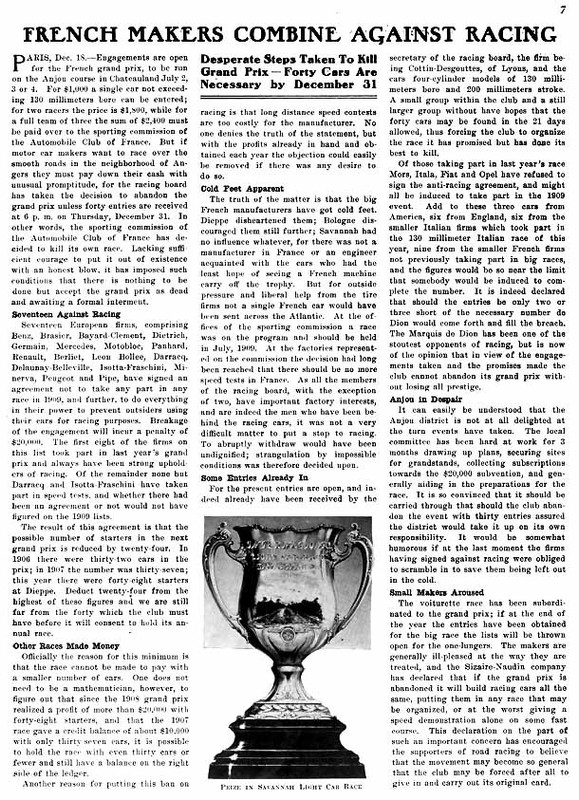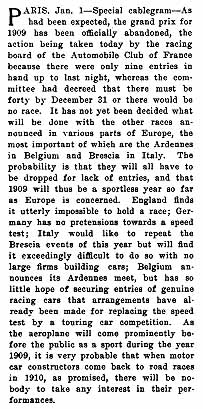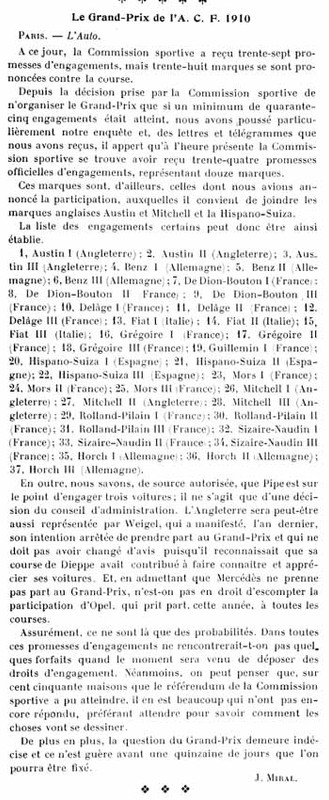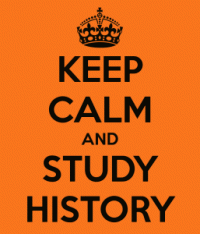Hi everybody,
I run the website www.thefirstairraces.net, which chronicles the first airplane races. Quite a number of auto racers started flying around 1909-1910, for example (from the top of my head) Henry Fournier, Henri Rougier, Arthur Duray, Baron Pierre de Caters, "Edmond", Albert Guyot and René Thomas. Several times in references about those pilots I've come across statements that auto racing went through a difficult period during those years, with few races and factory teams closing. What was the background to this? Can you point me to some references? Most of these converts went back to auto racing again, so whatever the problem was it must have been sorted out?
Grateful for answers,
Anders

























